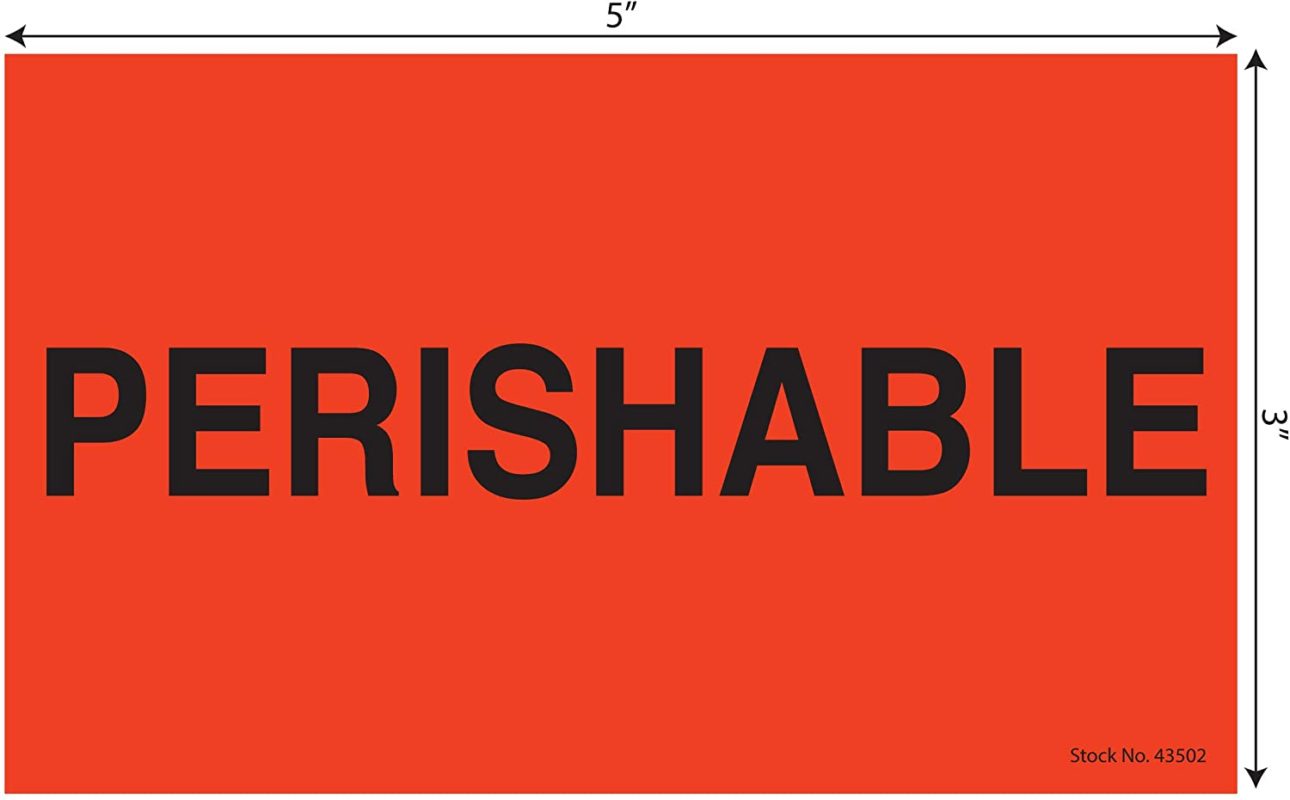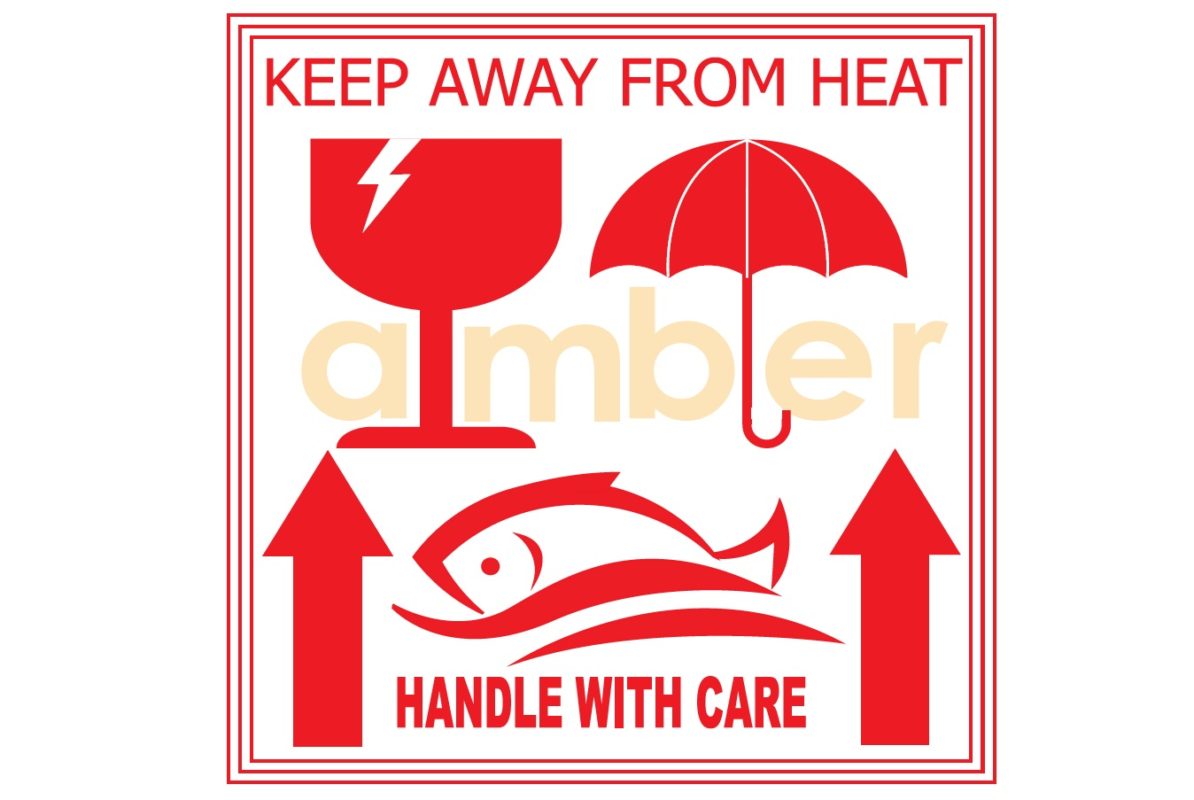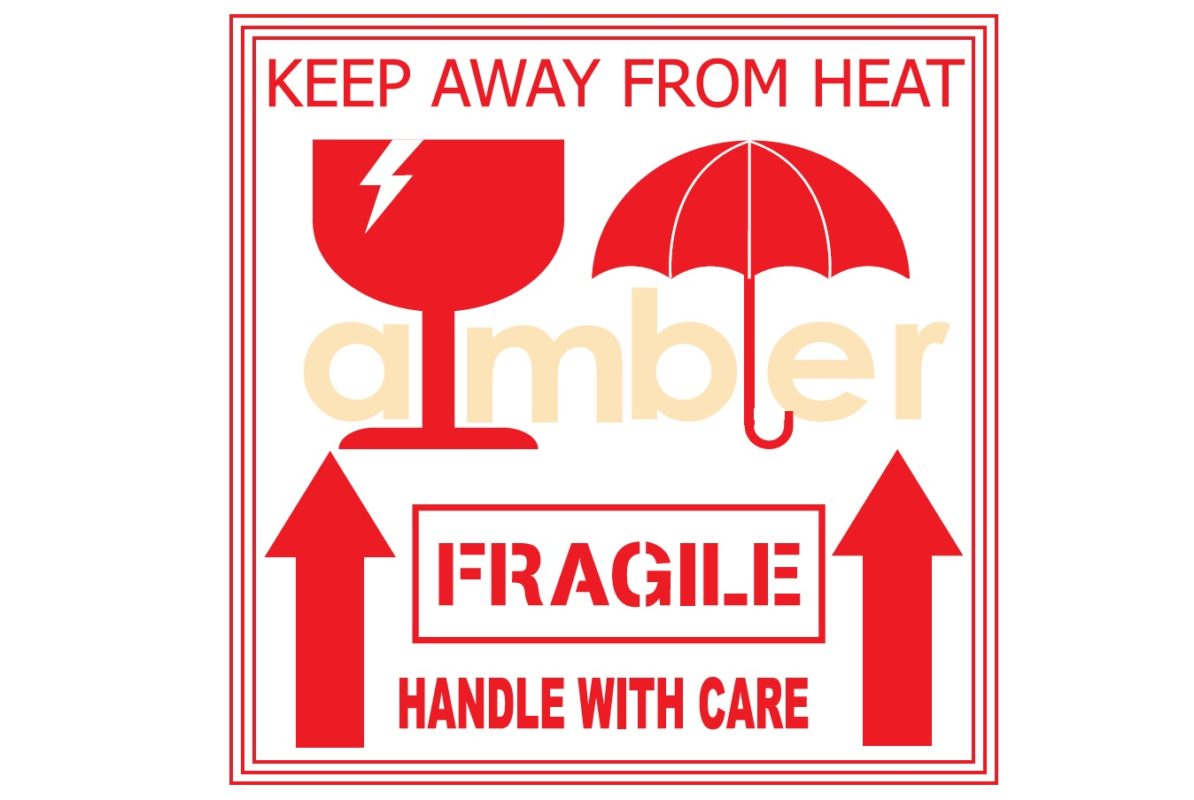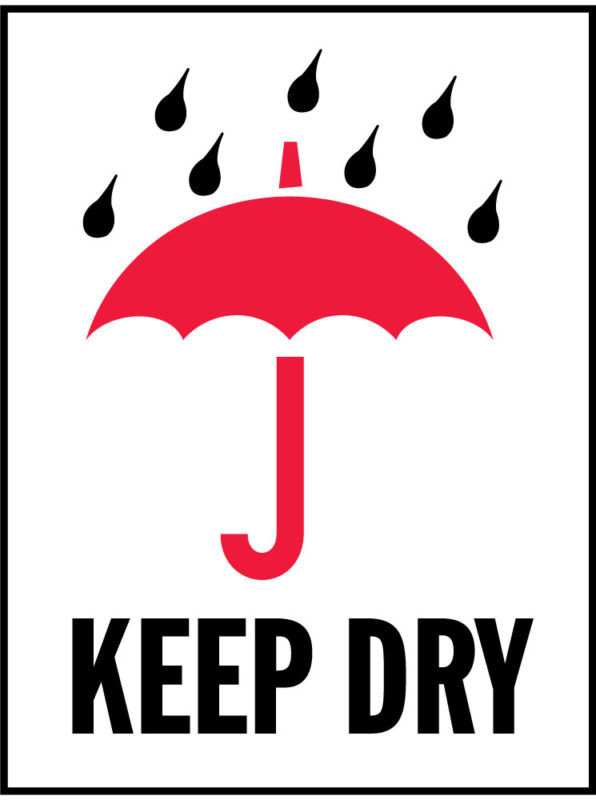Dangerous Tools / Prohibited Items
Dangerous Goods Services
Amber is an established carrier of Dangerous Goods and it is Amber’s longer-term vision to provide a full dangerous goods service on all products within Amber.
All Dangerous Goods shipments must be prepared by the relevant Dangerous Goods Regulations.
- Classification of Dangerous Goods
- Packaging requirements
- Requirements for Bulk Containers and Freight Containers
- Marking and Placarding
- Segregation of DG’s
- Operating procedures for Transfer of DG’s
- Documentation requirements
- Safety Equipment and Precautions
- Emergency responsibilities of drivers
All goods must be: –
- Pack properly, correctly, marked, and labeled.
- Document for Declaration for Dangerous Goods needed which must be completed, signed by the shipper only, and accompanying the shipment.
Important facts and information
Transportation of Dangerous Goods is a risk when they are not correctly packed or handled. If the goods are hidden, declared incorrectly, left completely undeclared, packed, or labeled incorrectly, health and safety is compromised.
Did you know that food flavoring, perfumes, chemicals, and electronic equipment can be classed as Dangerous Goods? If you are thinking of sending such commodities, be it for personal or commercial use, please check first with a local Amber Dangerous Goods Expert. If in doubt, refer to the Material Safety Data Sheet from the manufacturer to determine if the product can indeed be forwarded as regular cargo. In this case, AMBER requires shippers to declare the shipment as “Not Restricted” or “not restricted as per special provision A &” on the air waybill and/or invoice.
What Are Dangerous Goods?
Class 1 dangerous goods are explosive substances and articles.
Class 1 is divided into 6 divisions include ammunitions, fireworks, air bag inflactors and fuse, etc.
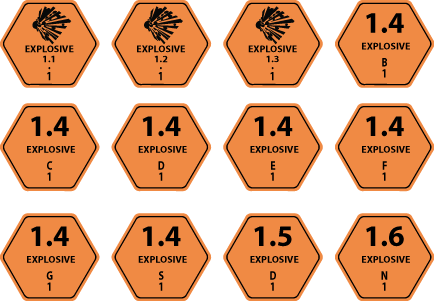
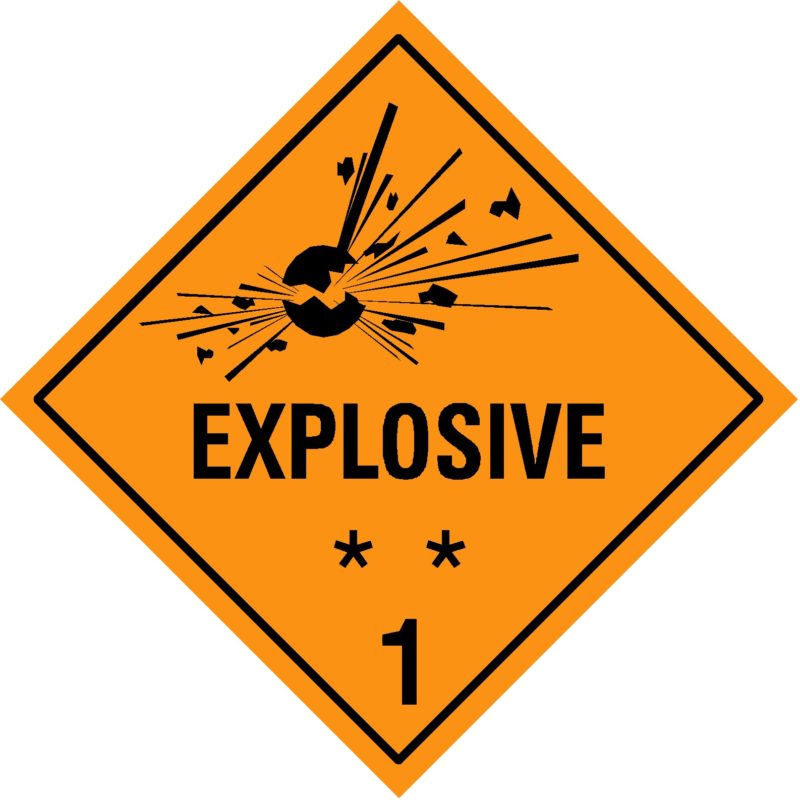
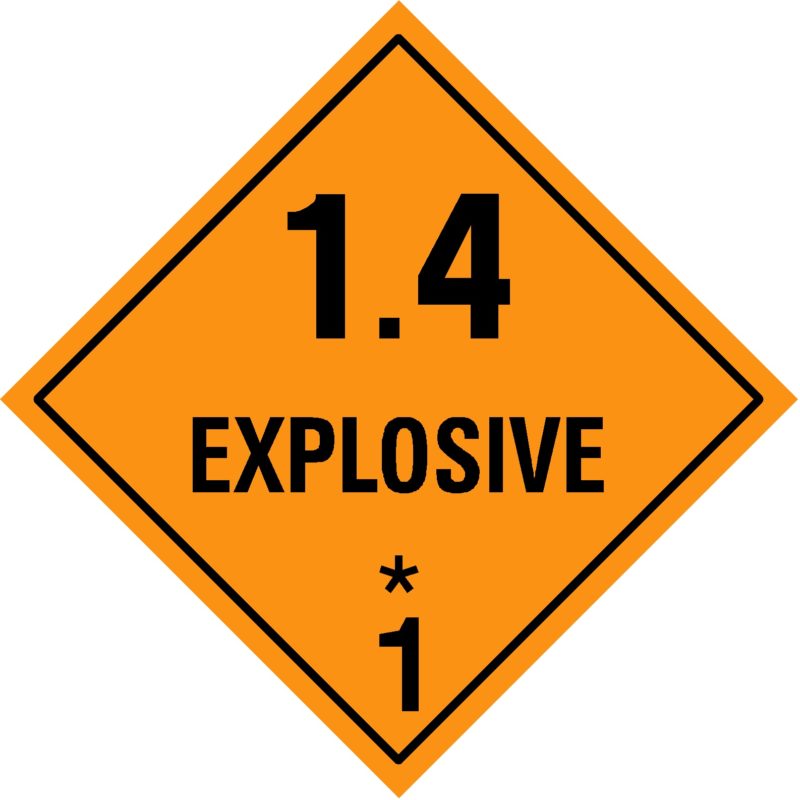
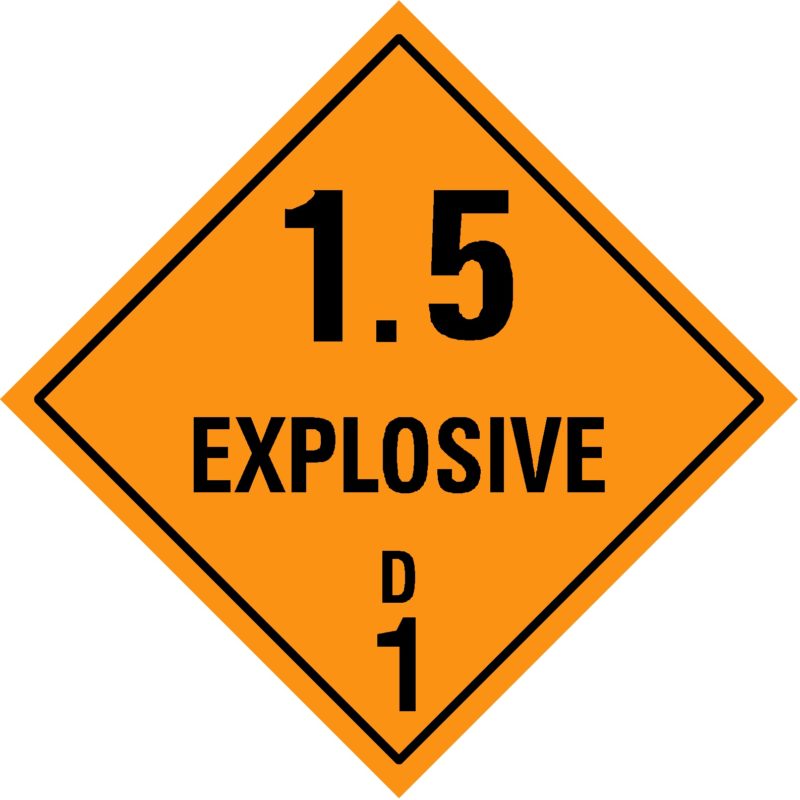
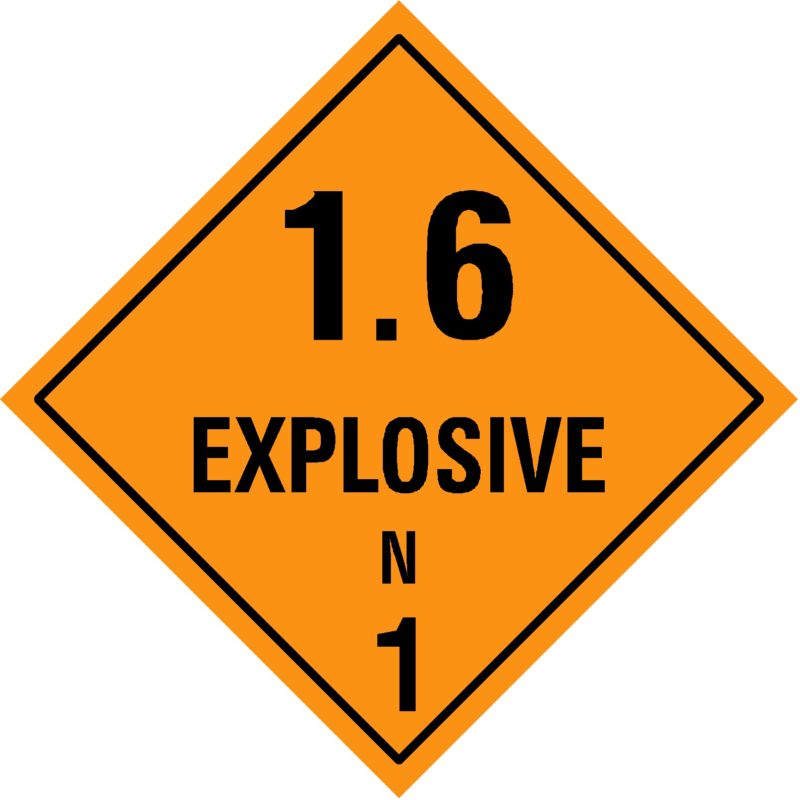
There are 6 sub-divisions:
- Division 1.1: Substances and articles which have a mass explosion hazard
- Division 1.2: Substances and articles which have a projection hazard but not a mass explosion hazard
- Division 1.3: Substances and articles which have a fire hazard and either a minor blast hazard or a minor projection hazard or both
- Division 1.4: Substances and articles which present no significant hazard; only a small hazard in the event of ignition or initiation during transport with any effects largely confined to the package
- Division 1.5: Very insensitive substances which have a mass explosion hazard
- Division 1.6: Extremely insensitive articles which do not have a mass explosion hazard
Class 2 dangerous goods are gases
It covers compressed Gases, comprises compressed gases, liquefied gases, dissolved gases, refrigerated liquefied gases, mixtures of one or more gases with one or more vapours of substances of other classes, articles charged with a gas and aerosols. Class 3 is divided into 3 division:



Flammable Gas
Gasses which ignite on contact with an ignition source, i.e. acetylene and hydrogen.

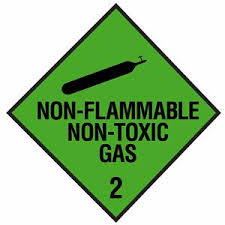
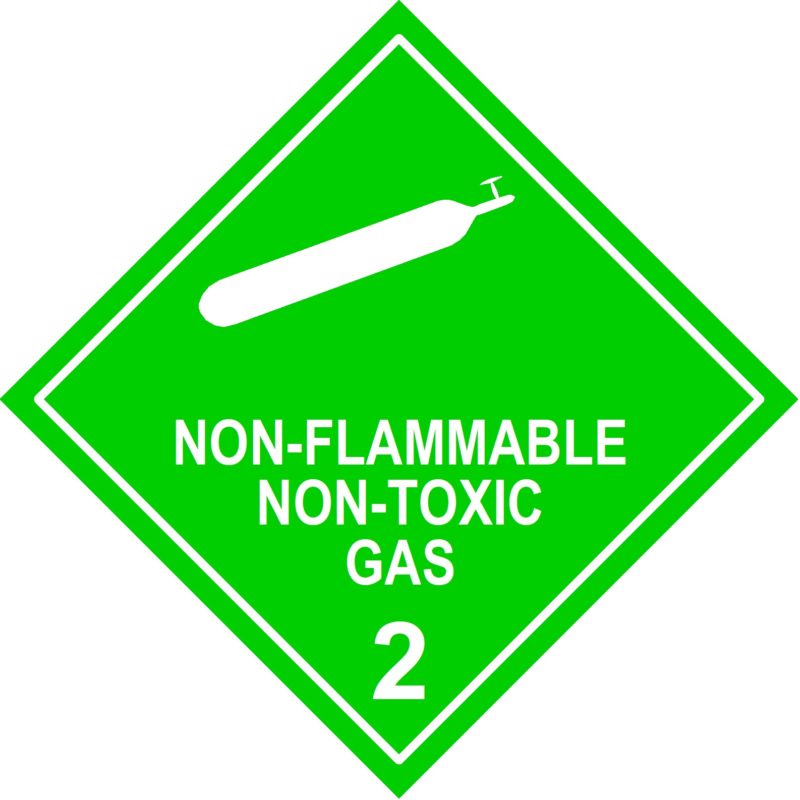
Non-Flammable, Non-Toxic Gasses
Gasses which are neither flammable nor poisonous. Includes the cryogenic gasses/liquids (temp < 100oC) used for cryopreservation and rocket fuels, i.e. nitrogen and neon.

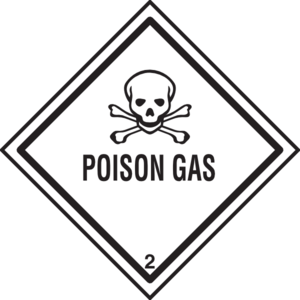

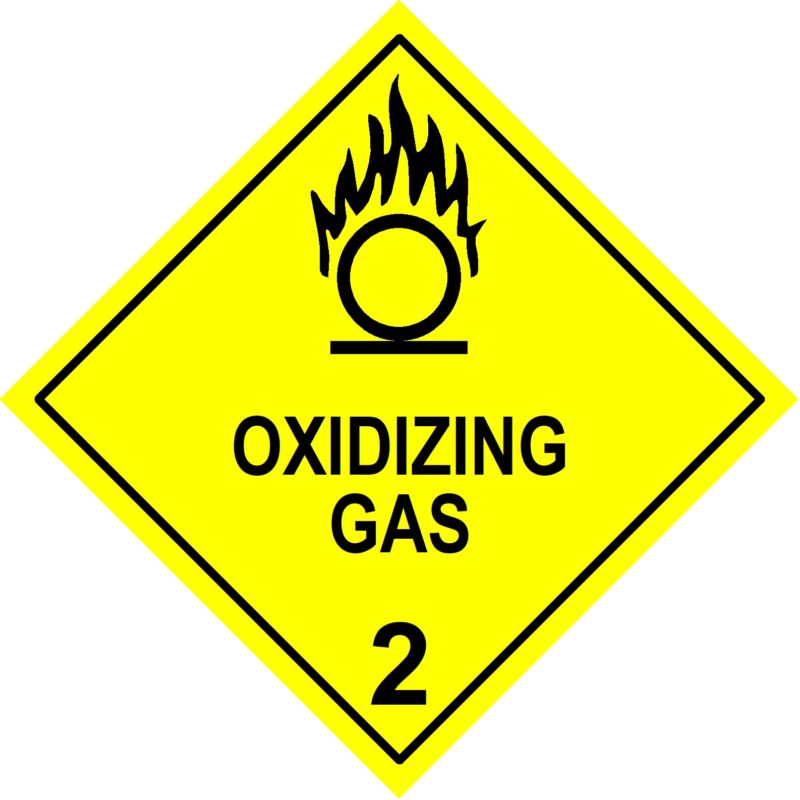
Toxic and Poisonous Gasses
Gasses liable to cause death or serious injury to human health if inhaled; i.e. fluorine, chlorine and hydrogen cyanide.
Class 3 Dangerous Goods Flammable Liquids
Class 3 dangerous goods are flammable liquids are liquids, or liquids containing solids in solutiong or suspension (paints, varnises, lacquers etc but not including substances otherwise classified on account of their dangerous characteristics) with flash points no more than 60 celcius degrees. It covers liquid substances, molten solid substances with a flash point above 60 celcius degrees and liquid desensitized explosives.
Gasoline, diesel, kerosene, paints, adhesives, varnish, wood treatment, inks, dyes, alcohol, aftershave lotion, perfumes, food flavorings.


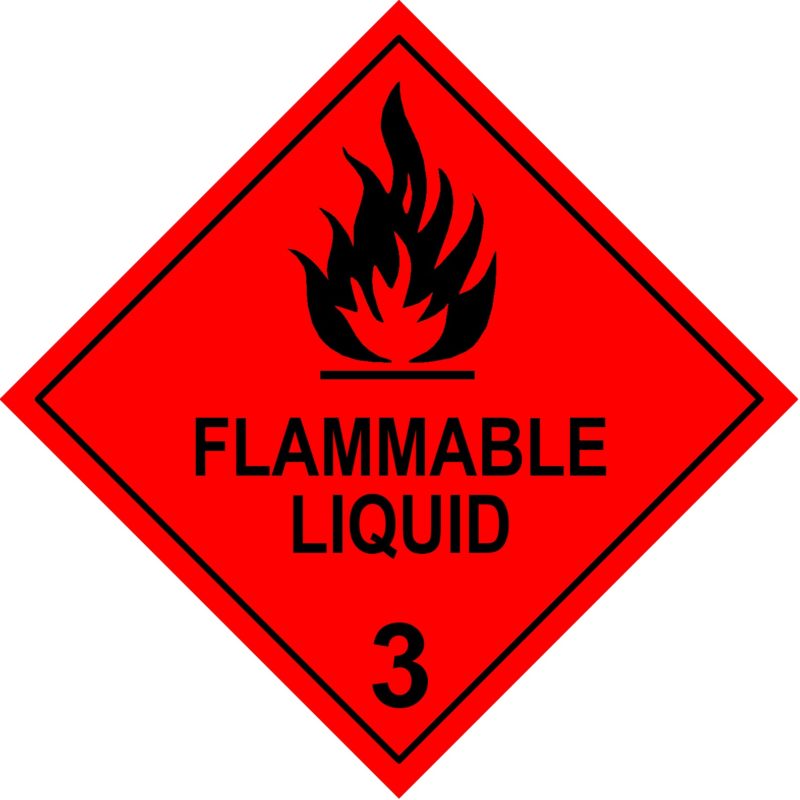


Flammable Liquids
Flammable Liquids included in Class 3 are included in one of the following packing groups: Packing
Division 1 – if they have an initial boiling point of 35°C or less at an absolute pressure of 101.3kPa and any Flash Point; i.e. diethyl ether or carbon disulfide. It is liquids offered for transport at temperatures at or above their flas point
Division 2 – if they have an initial boiling point greater than 35°C at an absolute pressure of 101.3kPa and a Flash Point less than 23°C; i.e. Petrol, Acetone or Packing Group III – if the criteria for inclusion in Packing Group I and II are not met; i.e. Kerosene and Diesel. It substances that are transported or offered for transport at elevated temperatures in a liquid state and which give off a flammable vapour at a temperature at or below the maximum transport temperature.
Class 4 Dangerous Goods Flammable Solids etc
Class 4 dangerous goods include flammable solids, substances liable to spontaneous combustion and substances which, in contact with water, emit flammable gases.
Matches, fire lighters, naphthalene, phosphorus and metal powders, potassium, calcium carbide, sodium metal.There are three sub-divisions:

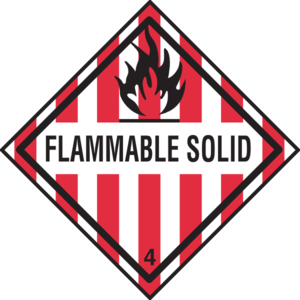
Division 4.1 Flammable Solids Substances liable to spontaneous combustion
Solid substances under conditions encountered in transport, are readily combustible or may cause or contribute to fire through friction; self-reactive substances which are liable to undergo a strongly exothermic reaction; solid desensitized explosives which may explode if not diluted sufficiently that are easily ignited and readily combustible; i.e. nitrocellulose, magnesium, safety matches

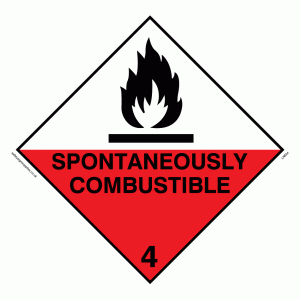
Division 4.2 Spontaneously Combustible
Solid substances are liable to spontaneous heating under normal conditions encountered in transport, or to heating up in contact with air, and being then liable to catch fire ignite spontaneously; i.e. Aluminium Alkyls, White Phosphorus


Division 4.3 Substances which, in contact with water, emit flammable gases
Solid substances by interaction with water, are liable to become spontaneously flammable or to give off flammable gases in dangerous quantities that emit a flammable gas when or react violently with water; i.e. Sodium, Calcium, Potassium, Calcium Carbide
Class 5 Dangerous Goods Oxidizing Substances and Organic Peroxides
Class 5 dangerous goods are oxidizing substances and organic peroxides. There are 2 sub-divisions:

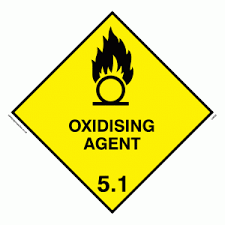
Oxidising Substances
Oxidising Substances which, while in themselves not necessarily combustible, may, generally by yielding oxygen, cause, or contribute to, the combustion of other materialother than organic peroxides; i.e. calcium, hypochlorite, ammonium nitrate, hydrogen peroxide, potassium permanganate.

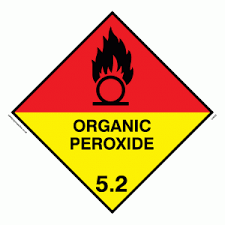
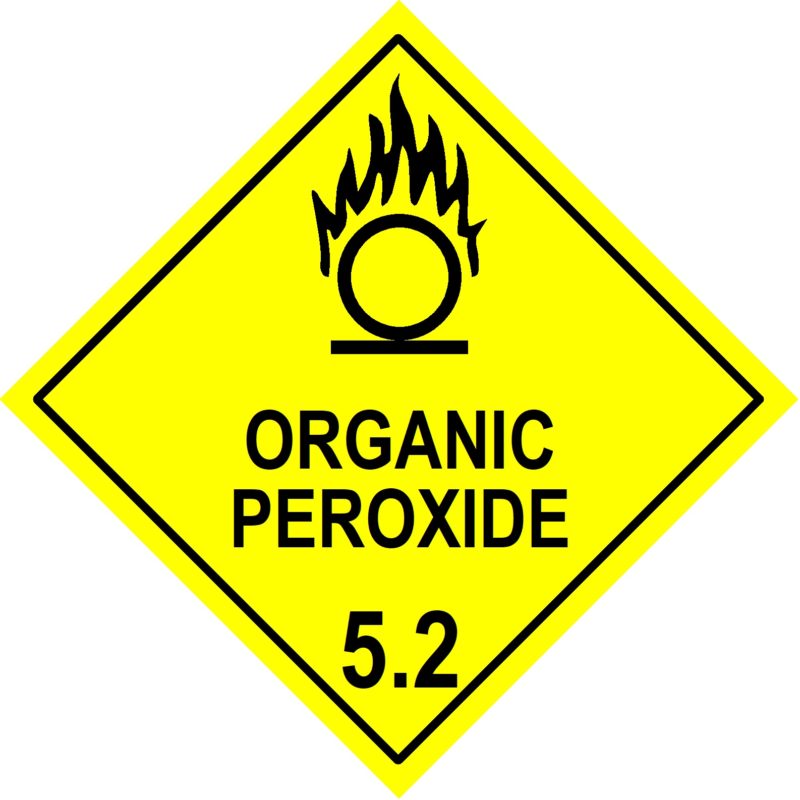
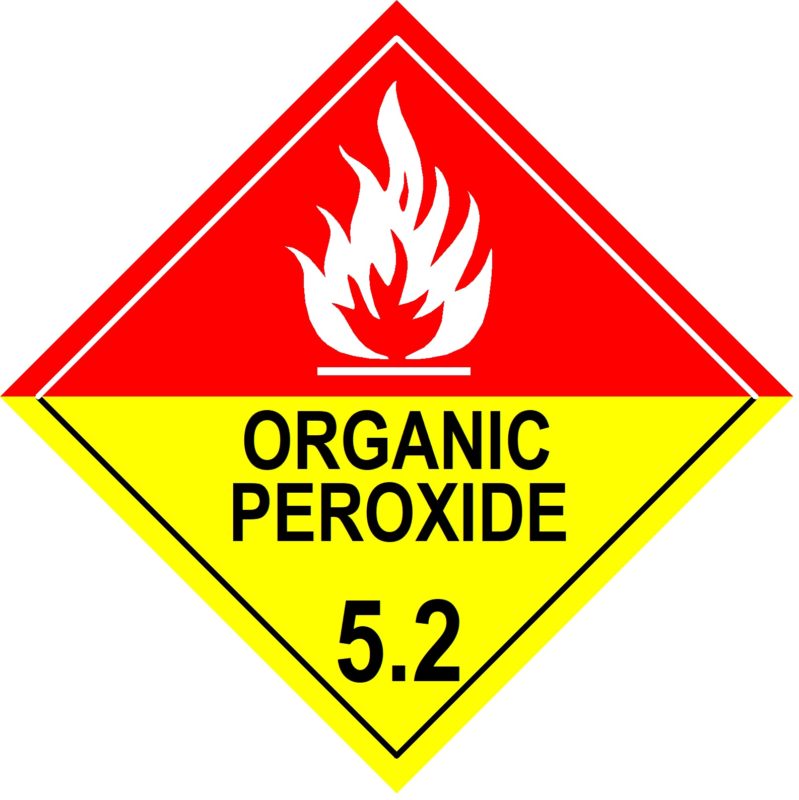
Organic Peroxide Oxidising Agent
Organic substances which contain the bivalent -0-0- structure and may be considered derivatives of hydrogen peroxide, where one or both of the hydrogen atoms have been replaced by organic radicals. Organic peroxides are thermally unstable substances, which may undergo exothermic self-accelerating decomposition. In addition, they may have one or more of the following properties Either in liquid or solid form; i.e. benzoyl peroxides, cumene
Class 6 Dangerous Goods Toxic Substances and Infectious Substances
There are 2 divisions for Class 6:
- Division 6.1: Toxic substances – Toxic substances are chemicals that liable either to cause death or serious injury or to harm human health if swallowed, inhalation, or by skin absorption or ingestion.
- Division 6.2: Infectious substances – Infectious substances are substances which are known or are reasonably
expected to contain pathogens. Pathogens are defined as micro-organisms (including
bacteria, viruses, rickettsiae, parasites, fungi) and other agents such as prions, which
can cause disease in humans or animals.

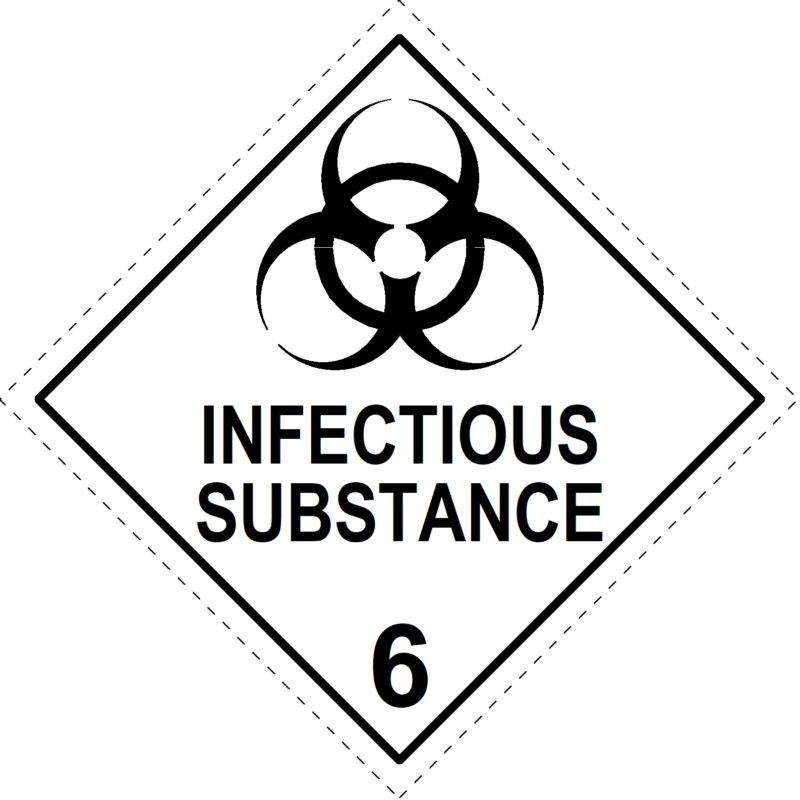
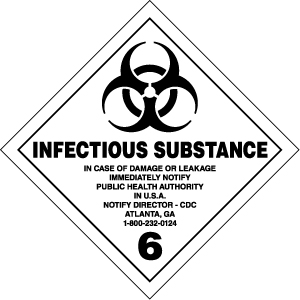
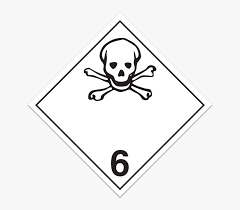

Toxic & Infectious Substances
Weed killers, pesticides, disinfectants, viable micro-organisms or toxins that cause disease in animal or humans.
Class 7 Dangerous Goods Radioactive Material
Class 7 dangerous goods are radioactive materials. There is no sub-division. However, there are different labels for radioactive materials which depend on the content and activity of such materials.

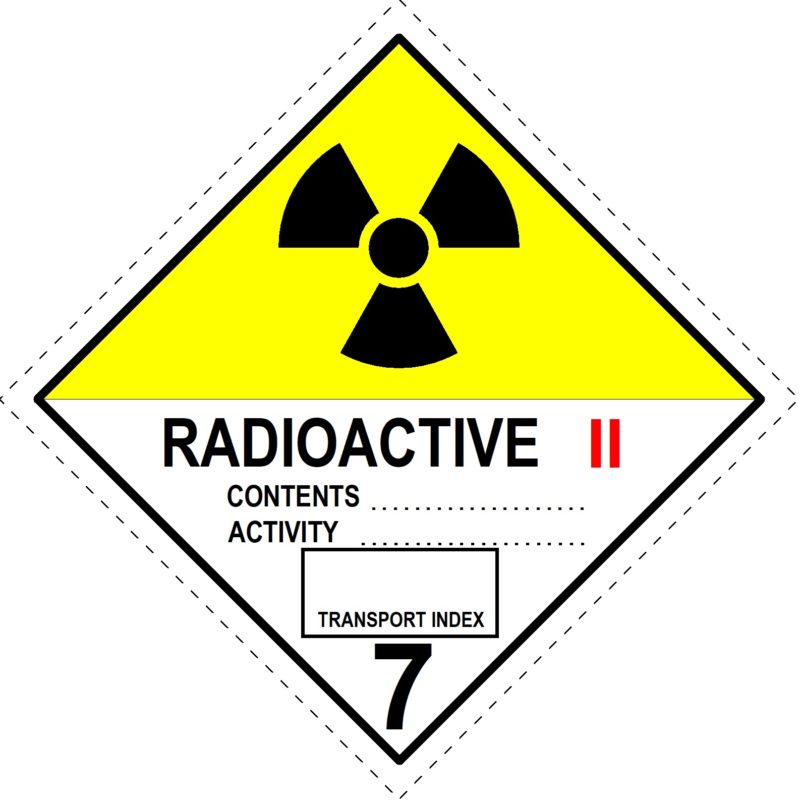
Lead dioxide, fertilizers (ammonium nitrate), weed killers (sodium chlorate), swimming pool chemicals.


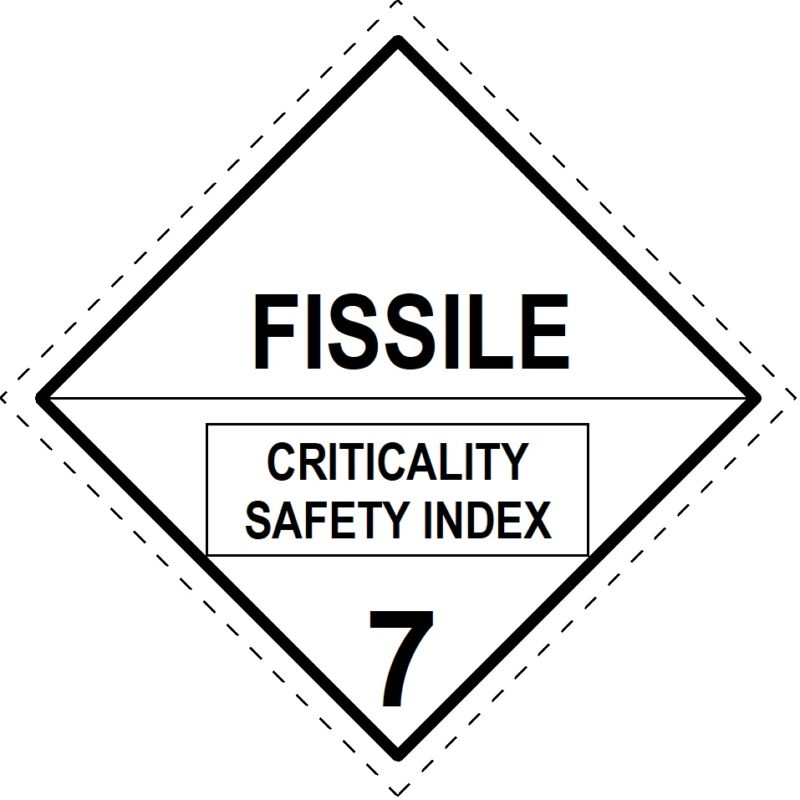
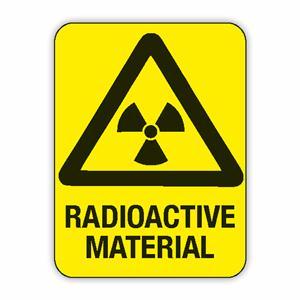
Radioactive Material
Xenon gas, radioactive medicines.
Class 8 Dangerous Goods Corrosive Substances
Class 8 dangerous goods are corrosive substances, which, by chemical action, will cause severe damage when in contact with living tissue such as skin, or, in the case of leakage, will materially damage, or even destroy, other goods or the means of transport. There is no sub-division.
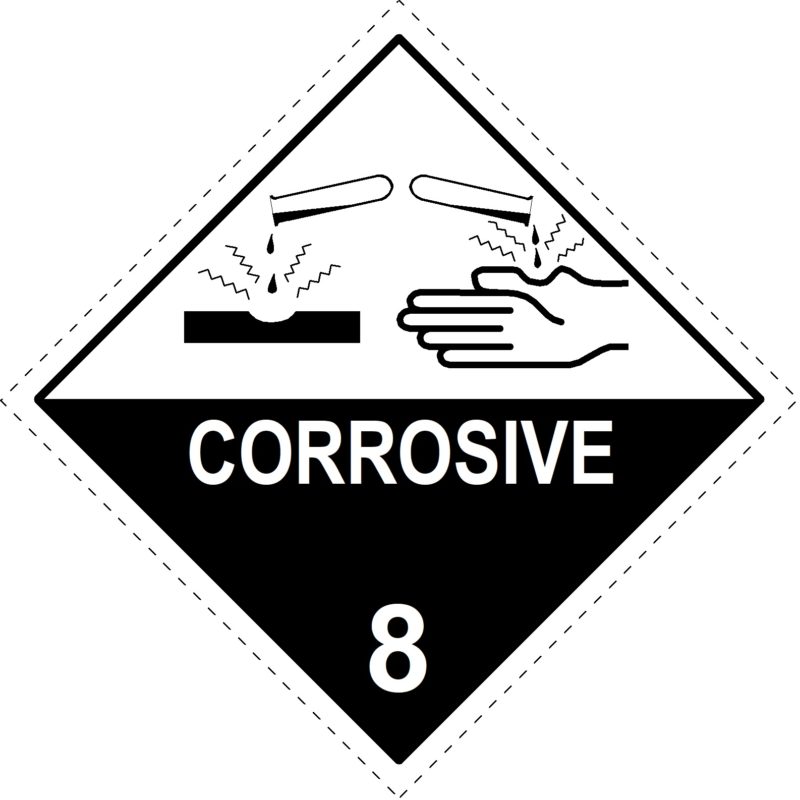
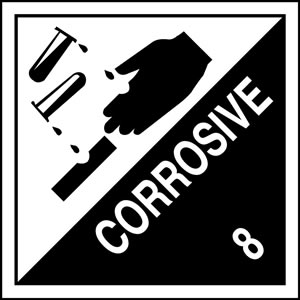
Corrosives
Battery acids and fluids, bromine and all forms of acids.
Class 9 Miscellaneous Dangerous Subtances Goods
Class 9 Miscellaneous Dangerous Goods are substances and articles which during transport present a danger and environmentally hazardous substances which are not covered by other classes. This class encompasses, but is not limited to, environmentally hazardous substances, substances that are transported at elevated temperatures, miscellaneous articles and substances, genetically modified organisms and micro-organisms and (depending on the method of transport) magnetized materials and aviation regulated substances. Elevated temperature substances (i.e. substances that are transported or offered for transport at temperatures equal to or exceeding 100°C in a liquid state or at temperatures equal or exceeding 240°C in a solid state). It also includes genetically modified micro-organisms (GMMOs) and genetically modified organisms (GMOs) are micro-organisms and organisms in which genetic material has been purposely altered through genetic engineering in a way that does not occur naturally. GMMOs or GMOs which do not meet the definition of infectious substances (see Section 2.6.3 of the ADG Code) but which are capable of altering animals, plants or microbiological substances in a way not normally the result of natural reproduction.

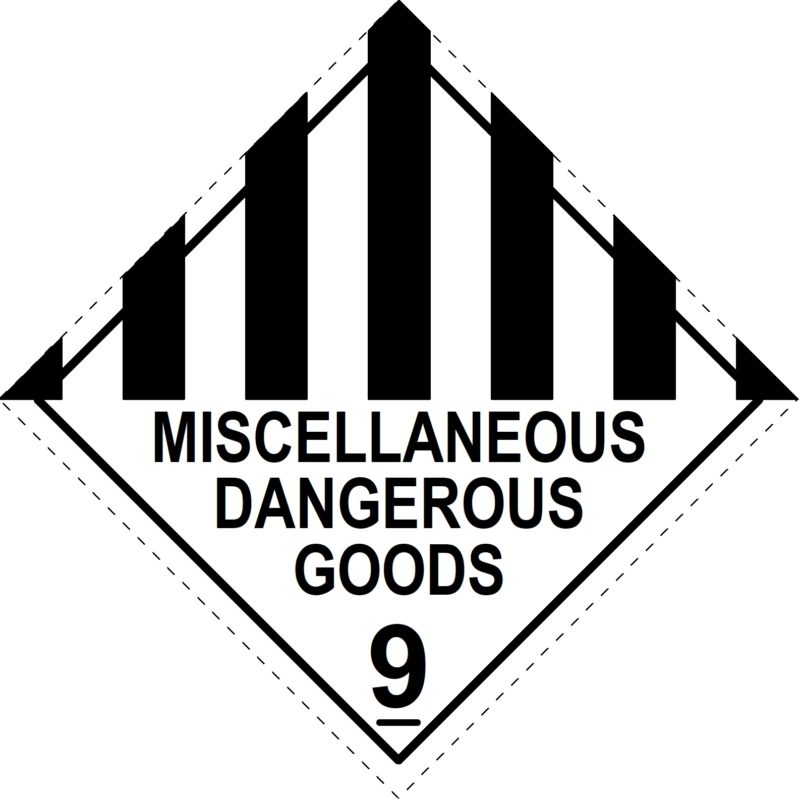

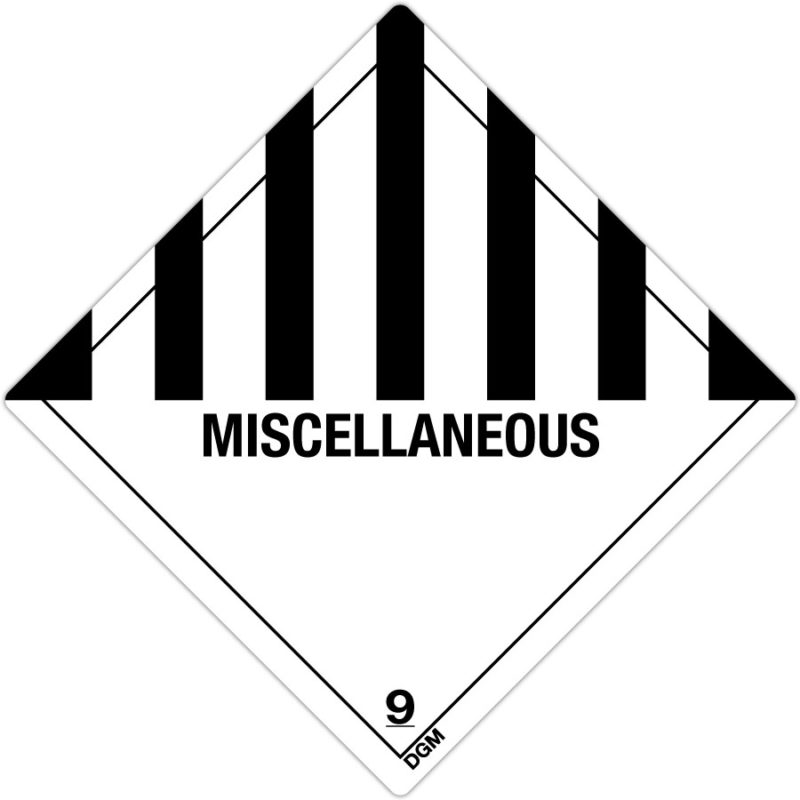
Miscellaneous
Dry ice, magnetized materials, self inflating & life saving devices, electric wheelchairs, cosmetics in small inner packaging if they contain aerosols and/or flammable liquids, drugs in small inner packaging if they contain aerosols and/or flammable liquids, polystyrene beads, plastic moulding material, white asbestos, self propelled vehicles, machines incorporating internal combustion engines, dry coconuts and all forms of liquids.
Handling Labels



